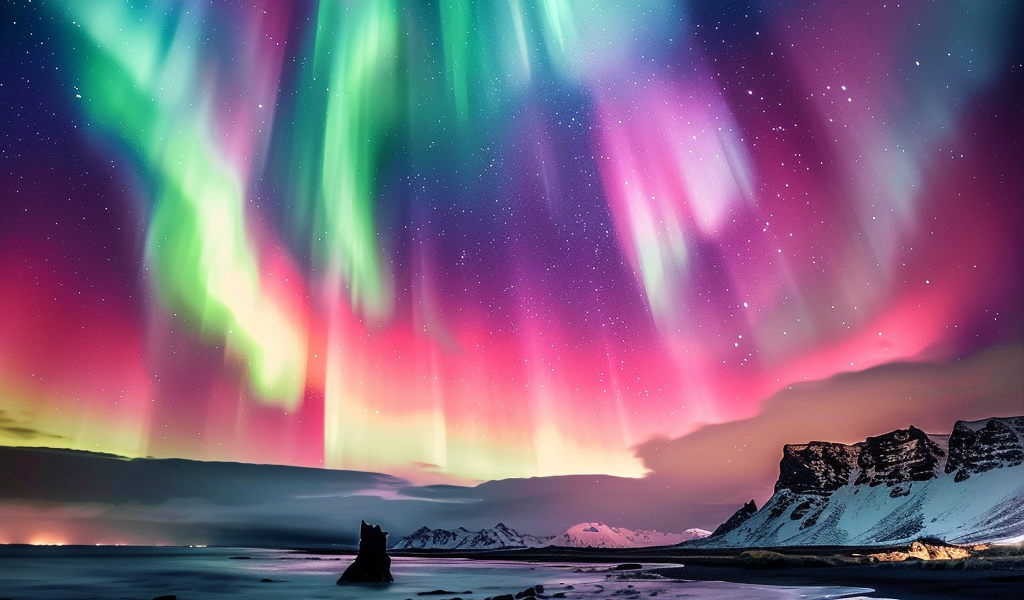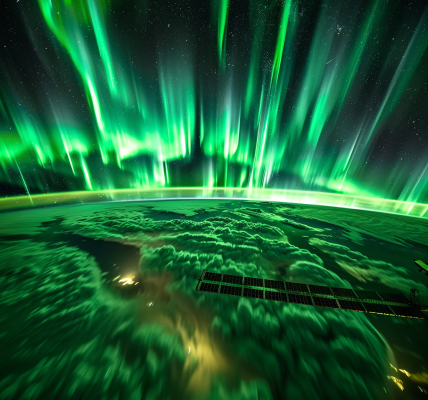The Northern Lights, also known as aurora borealis, have been putting on a dazzling display across the UK, captivating sky watchers with their vivid colors. This rare appearance of the Northern Lights has sparked excitement among onlookers who have shared stunning pictures from various locations including Liverpool, Kent, Norfolk, Sussex, and parts of Scotland.
The spectacle was made possible by one of the strongest geomagnetic storms in years that hit Earth, prompting the US National Oceanic and Atmospheric Administration (NOAA) to issue a solar storm warning. These storms increase the likelihood of witnessing the Northern Lights, which have been a sight to behold for many across the UK.
Clear skies on Friday evening provided optimal viewing conditions for most parts of the UK, with Northern Ireland, Scotland, and northern England having a higher probability of sightings. BBC Weather presenter Elizabeth Rizzini highlighted the excellent viewing conditions, noting that while some low clouds might affect certain areas, the skies are generally clear for a spectacular display.
The Met Office indicated that the favorable conditions could extend into Saturday night, offering continued opportunities for Northern Lights sightings. In the US, the NOAA suggested that the lights might even be visible as far south as Alabama and northern California, underscoring the widespread nature of this celestial event.
The Northern Lights, characterized by bright swirling curtains of lights ranging from green to pink and scarlet, are a result of charged particles from the sun interacting with gases in the Earth’s atmosphere. These interactions energize gases such as nitrogen and oxygen, producing the vibrant colors that grace the night sky.
While oxygen atoms typically emit a green glow, nitrogen atoms contribute to the purple, blue, and pink hues seen in the Northern Lights. The most spectacular auroras occur when the Sun releases large clouds of particles known as ‘coronal mass ejections,’ enhancing the intensity and beauty of the natural light show.





